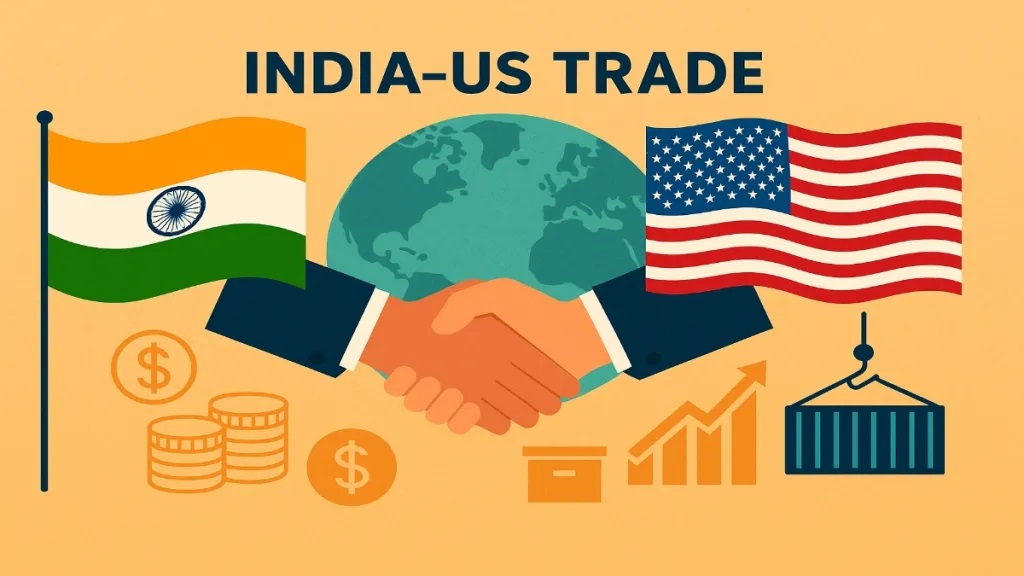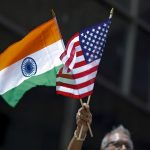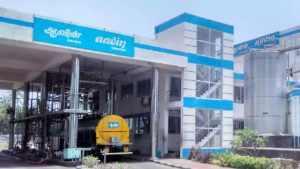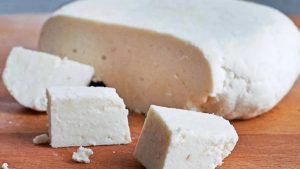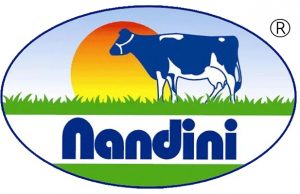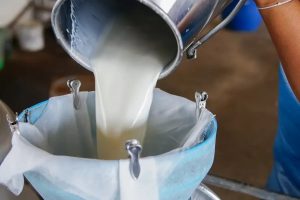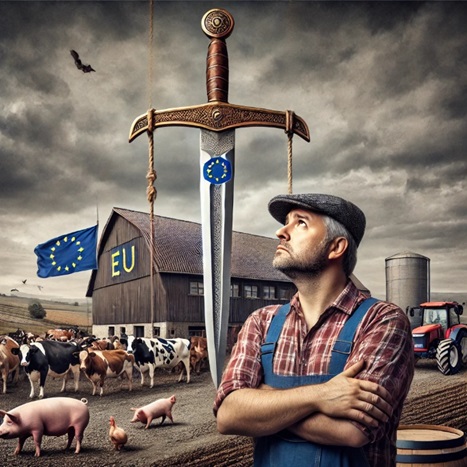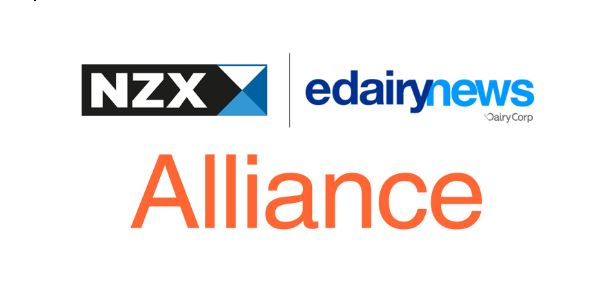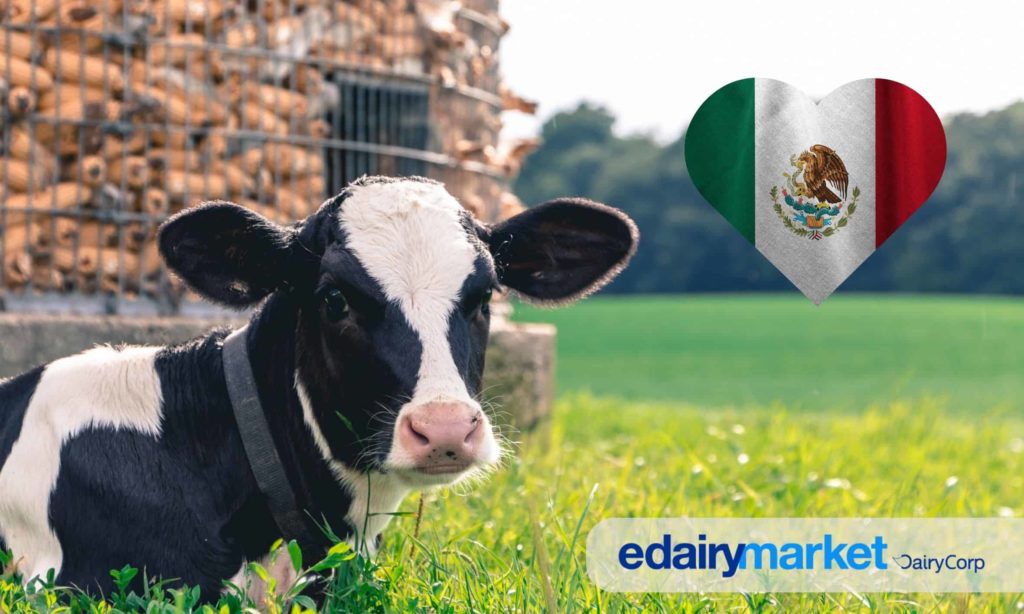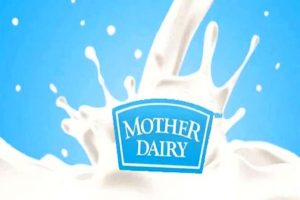
India-US trade: New Delhi is advocating for a “zero-for-zero” tariff deal — complete elimination of tariffs on goods from both sides. But Washington is reportedly insisting on maintaining a 10% tariff on Indian goods.
India-US trade: As Commerce Minister Piyush Goyal continues high-level talks in Washington to finalise a much-anticipated India-US trade agreement, former Indian Ambassador to the WTO, Jayant Dasgupta, has shed light on the sensitive issues holding back a breakthrough — with agriculture and dairy at the forefront.
Why is agriculture and dairy a major problem creator in India-US trade?
Dasgupta emphasised that India remains firm in its refusal to allow common US dairy imports, reports CNBC-TV18. “We will not allow the common products to come in,” he said, adding that only “sophisticated kinds of cheese and other items,” which do not have a significant market in India, may be considered.
He also clarified India’s long-standing resistance to genetically modified (GM) products. While imports of GM crops remain off the table, there may be flexibility for non-GM products, provided they are certified. Crops such as corn and soya, however, are likely to retain high import duties unless the US agrees to a tariff rate quota (TRQ) — a mechanism allowing a limited quantity of imports at lower tariff rates.
India pushes for ‘zero-for-zero’ tariff exchange
New Delhi is advocating for a “zero-for-zero” tariff deal — complete elimination of tariffs on goods from both sides. But Washington is reportedly insisting on maintaining a 10% tariff on Indian goods. Dasgupta noted that this could still benefit India if competing exporters such as China or Vietnam continue facing higher duties in the US market. “Even 10% will be advantageous for India,” he said.
India has outlined a phased approach to the trade pact:
- Interim Agreement: Expected before July 8, focused on select sectors.
- Second Phase (October 2025): Expansion to cover 19 additional sectors.
- Final Agreement: Would require US Congressional approval, especially if it involves rolling back Trump-era tariffs.
However, Dasgupta believes a full return to pre-Trump tariff levels is unlikely. “Maybe these tariffs will get reduced, but they will not come down to the pre-Trump tariff regime,” he said.
The urgency stems from a 26% reciprocal tariff imposed by the US on Indian goods on April 2, which has been suspended for 90 days, expiring on July 9. India is now pushing for full exemption from this tariff and aiming for an “early harvest” deal to defuse tensions and boost bilateral trade.
Goyal has already held meetings with US Commerce Secretary Howard Lutnick and US Trade Representative Jamieson Greer, as both sides race against the clock to finalise an interim agreement.
You can now read the most important #news on #eDairyNews #Whatsapp channels!!!
🇮🇳 eDairy News ÍNDIA: https://whatsapp.com/channel/0029VaPidCcGpLHImBQk6x1F
